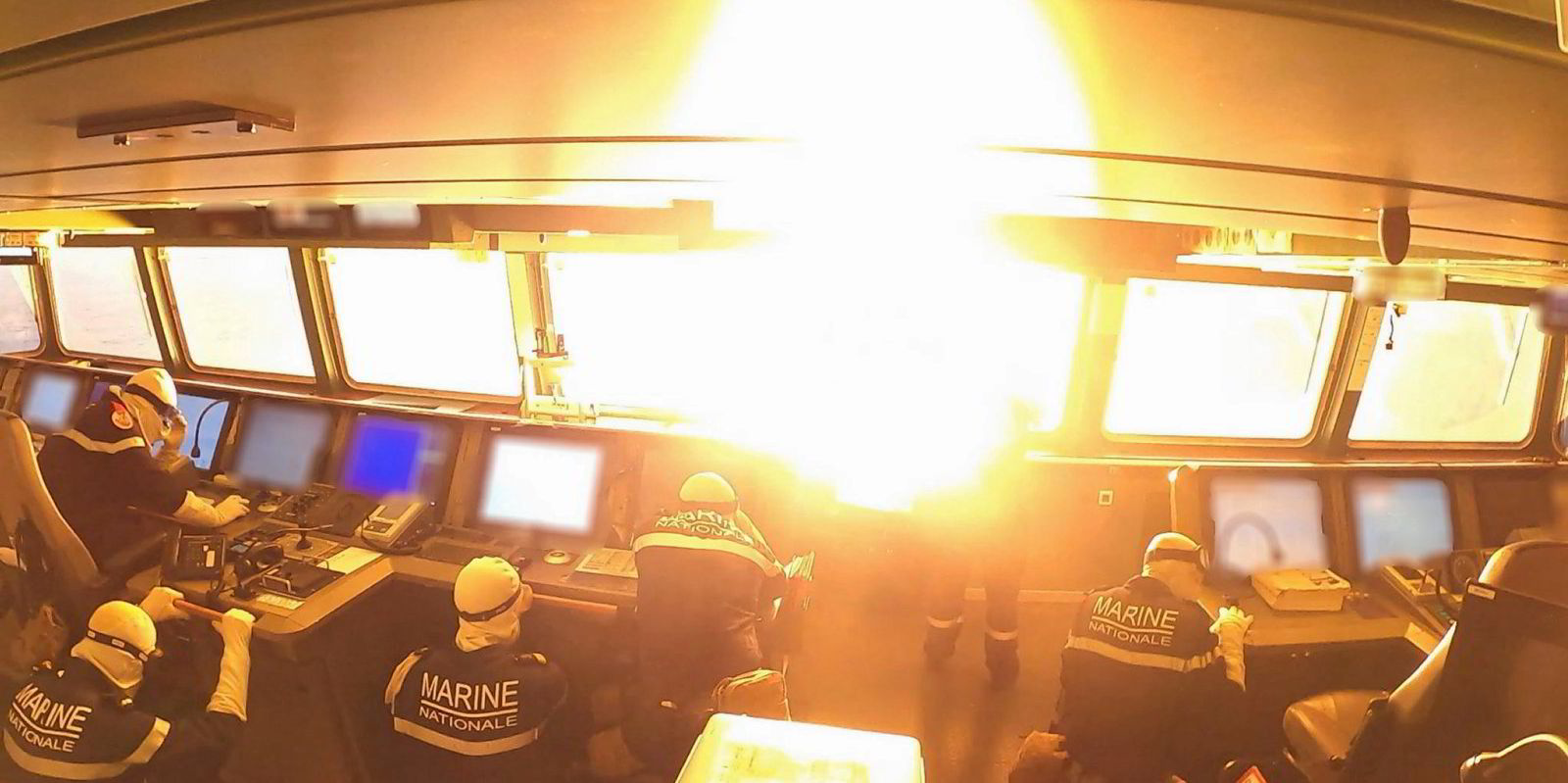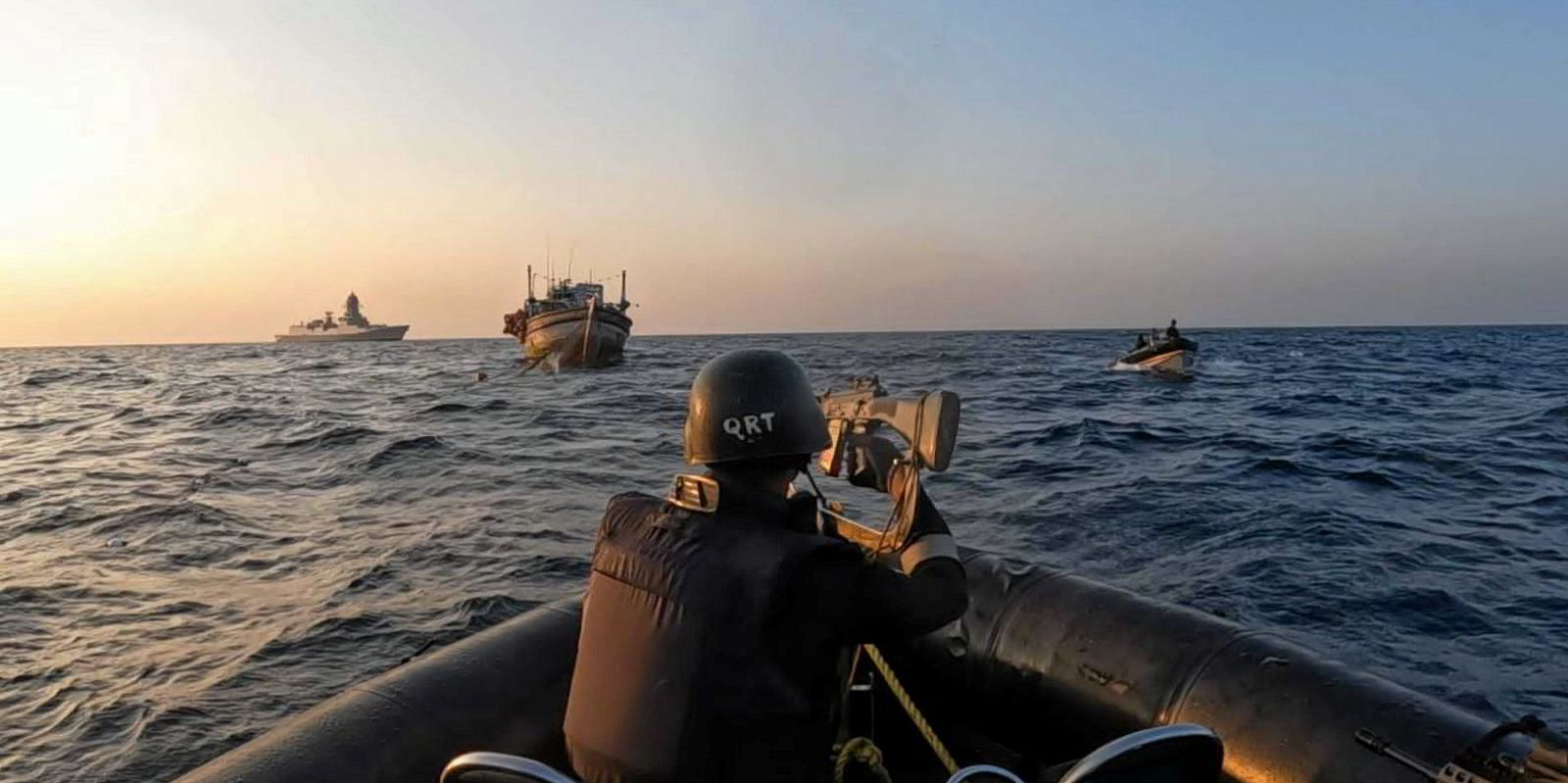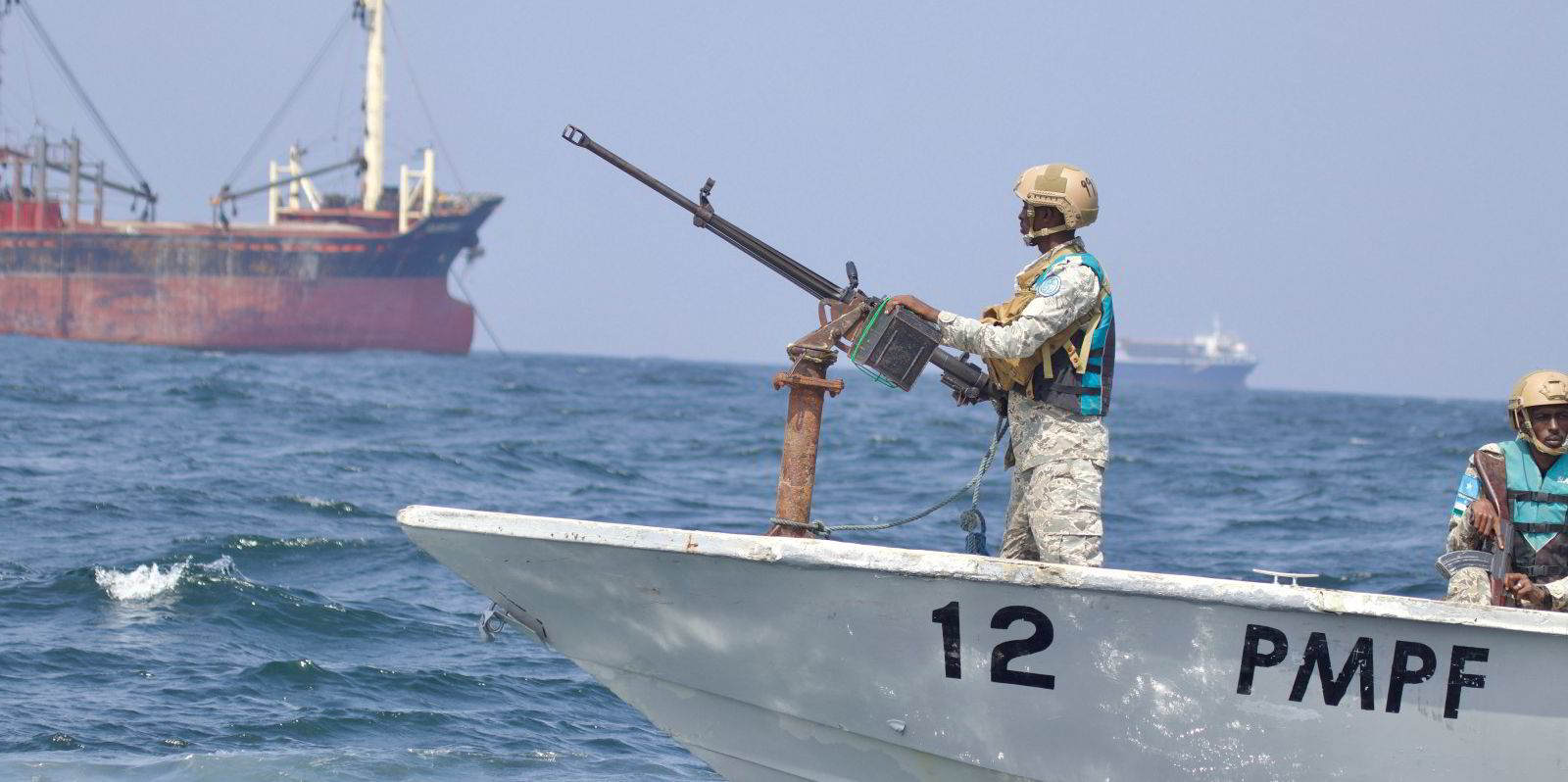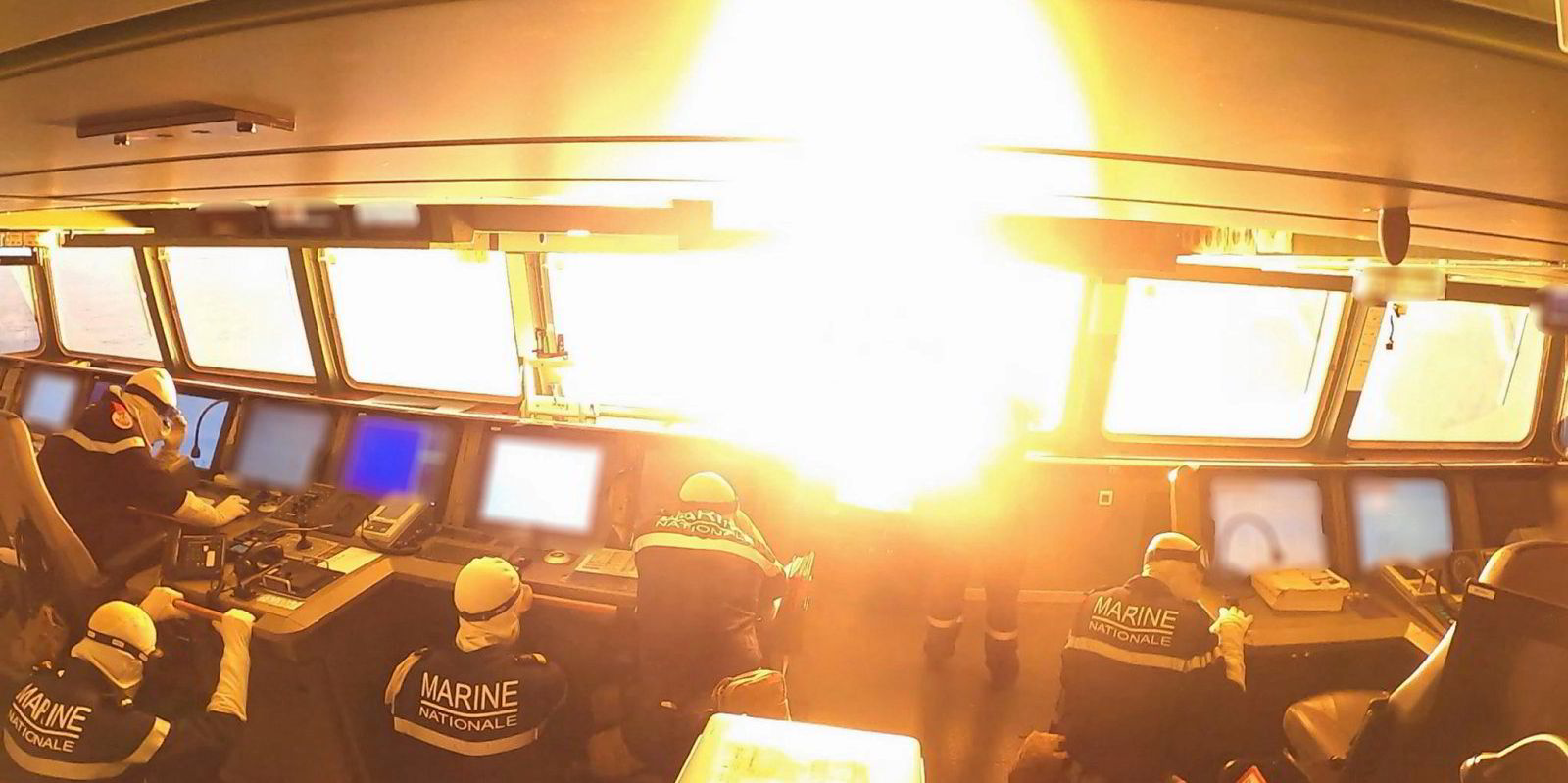The hijacking of a bulker and its crew of 23 this week off Somalia has opened up a second front in the ongoing threats against shipping around the Red Sea and the Horn of Africa.
The crisis in the southern Red Sea and its approaches deepened significantly with the sinking of the 32,000-dwt bulk carrier Rubymar (built 1997) after it was hit by Houthi missiles two weeks ago.
It then claimed its first fatalities when three seafarers were killed in a Houthi attack on the 50,448-dwt bulk carrier True Confidence (built 2011).
Now the second Somali piracy hijacking in a matter of months — this time involving the 58,000-dwt Abdullah (built 2015) off Mogadishu — has significantly expanded threats against shipping to include piracy further out along Somalia’s east coast.
The hijacking of the 41,600-dwt Ruen (built 2016) in December last year can no longer be dismissed as an opportunistic one-off by pirates seeking to take advantage of the distraction of Houthi attacks.
The vessel is still being held off Somalia while negotiations for its release continue.
A series of earlier failed hijackings and navy intelligence on the growing piracy activity make clear there is a growing threat against commercial shipping.
With the Houthis stretching navy resources in the region, shipowners and managers will need to be well versed in the anti-piracy measures they must take to protect crew and ships.
Intelligence will be critical in assessing where pirate motherships are operating, hardening vessels against boarding and deploying armed security guards must at least be a consideration for any vulnerable ships heading for the region.

On shipping’s other front in and around the Red Sea, the death of three crew on the True Confidence is the most shocking development so far in the attacks by Houthi fighters.
Given that ships have been hit that do not have any current links to Israel, the UK or the US, any ship planning to transit the Red Sea must consider itself a potential target.
Shipowners must now think long and hard about whether it is worth putting seafarers’ lives at risk to transit the Red Sea.
There is already a potential environmental catastrophe in the making with the loss of the Rubymar which sank along with an estimated 200 tonnes of fuel oil and a toxic 20,000-tonne cargo of fertiliser.
Maybe the ship could have been salvaged before it sank. Doubts over security for salvors and the extent of the ship’s insurance cover meant that the Rubymar drifted for nearly two weeks before it sank.
Now the issue of how to tackle any pollution that emerges from the wreck is a potential nightmare for governments.
Protection and reward
Similar problems could happen again. The availability of insurance to cover Red Sea transits is getting tighter, especially for ships with any hint of current or even historic connections with the US, UK or Israel.
By contrast, the True Confidence, which managed to secure hull insurance from the London market’s Navium Marine, did manage to secure salvage services within days.
But a French warship had to shoot down four Houthi drones to protect the bulker and its salvors as it drifted off Yemen.
The protection and reward for salvage companies asked to respond to incidents such as the True Confidence needs to be urgently considered.






